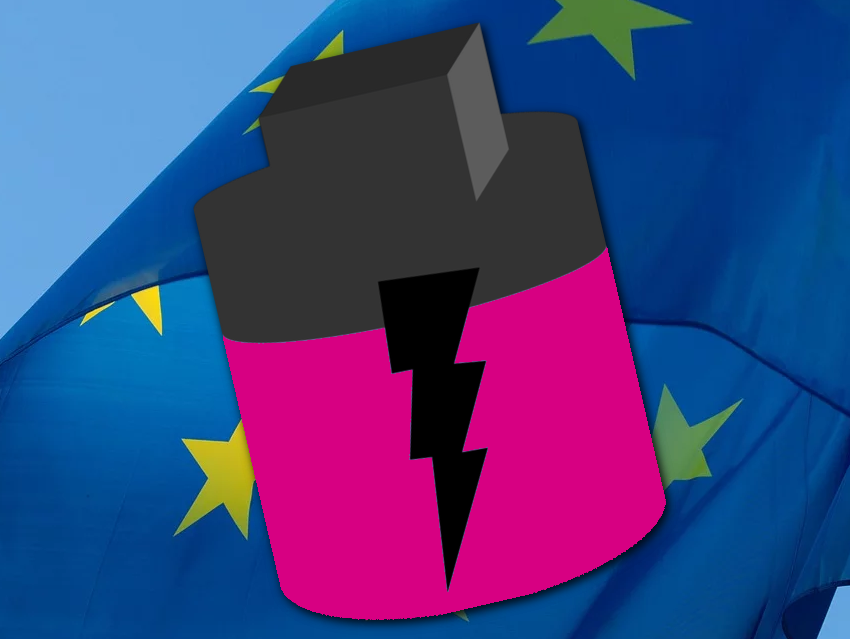The demand for batteries for electric cars will increase dramatically. Currently, more than 90 % of these batteries come from Asia. The European Commission has set up the “European Battery Alliance” in 2017 to build up competences and production capacities for this key technology in Europe.
On February 10, 2020, the European battery research project SeNSE was officially launched as part of the “European Battery Alliance” initiative. It is supported by the EU research funding program Horizon 2020. Over the next four years, five research institutes and six industrial companies from seven European countries (Empa, Switzerland, the Westfälische Wilhelms-Universität Münster, Germany, the Forschungszentrum Jülich, Germany, Coventry University, UK, the Austrian Institute of Technology, and Solvionic, France, FPT Motorenforschung, Switzerland, Lithops, Italy, Northvolt, Sweden, Enwires, France, and Huntsman Advanced Materials, Switzerland) will work together to find solutions for the next generation of lithium-ion batteries. The research project is coordinated by Corsin Battaglia, head of the laboratory Materials for Energy Conversion at Empa and his team. The EU is supporting SeNSE with 10 million euros.
The research partners are researching next-generation lithium-ion batteries – the so-called “generation 3b”. In contrast to current traction batteries, this next generation will have higher energy density and improved cell chemistry and battery management system: Instead of pure graphite anodes, the aim is to use silicon-graphite composites. The content of cobalt in the cathode will be further reduced. New additives in the electrolyte and interphase design approaches will slow down battery aging and extend cycle life. New sensors will also contribute to longer service life and improve fast charging capability by supplying data from inside the battery cells to the battery management system. This data should allow a much more refined temperature management compared to today’s lithium-ion cells. The sustainability of generation 3b cells is also expected to exceed that of the current generation: The cathode will be manufactured without the use of flammable and toxic solvents, which will greatly simplify the series production of the cells and reduce their cost.
The SeNSE project also considers the second-life use of decommissioned vehicle batteries as stationary storage units and, finally, the recycling of the batteries.
Northvolt was co-founded in 2016 by two former Tesla employees, who were involved in the construction of the Tesla gigafactory in Nevada, USA. Northvolt is currently planning the first European gigafactory with a production capacity of 32 GWh per year to be built in Sweden. A further gigafactory with an annual production of 16 GWh is to be built as a joint venture with Volkswagen in Salzgitter, Germany. For comparison, the Tesla Gigafactory in Nevada currently produces around 30 GWh of batteries per year.
Experts from Northvolt will advise the SeNSE researchers through regular briefings. By the end of the project, a series of battery cell prototypes will have been developed. A demonstrator with 1 kWh storage capacity will demonstrate the capabilities of the battery cell generation 3b.
Corsin Battaglia’s team is involved in another European research project: SOLiDIFY is developing future-generation batteries – so-called solid-state lithium-metal batteries. In contrast to today’s lithium-ion batteries and those of generation 3b, these batteries will no longer contain any liquid, flammable components. They are therefore safer and more tolerant to elevated temperatures, can deliver higher power, and can be charged and discharged faster.
These batteries – called generation 4b – could be ready for the market in about ten years. At half the weight and half the size, they should deliver the same storage capacity as today’s lithium-ion batteries. Production costs are also expected to be cut in half. New electrode architectures are necessary, as are cost-effective innovative production methods for the cathode of these batteries. The anode will consist of metallic lithium. The SOLiDIFY research project started on January 1, 2020, and will run for 48 months.
- Swiss Federal Laboratories for Materials Science and Technology (Empa), Dübendorf, Switzerland




